Mistake: Not recognizing how a student’s disability or developmental level affects their behavior
Solution: It may be easy to assume a student is misbehaving when they refuse to respond to directions, but other factors related to disability may be keeping them from immediately carrying out the directions. For example, students who have ADHD or are autistic may have executive function challenges and can’t attend to directions without supports. Ask yourself these questions:
- What is the student’s social-emotional level?
- Does the student’s receptive/expressive language levels affect the behavior?
- Can the student process the directions that are given?
- Does the student know how to behave in a certain situation?
- Is the student’s behavior affected by the environment, including the setting, other students, or particular adults?
- Are there sensory reasons the student may be misbehaving?
- Is the student bringing emotional baggage from a previous situation?
Mistake: Not recognizing the teacher’s possible role in student behavior problems
Solution: As educators, we have to be able to thoroughly review our own behavior and determine whether we may be causing or contributing to the student’s challenging behaviors. Are members of the education team getting into power struggles with students? Do we become easily agitated with the student, and has the student picked up on that? When there’s a problem with a student, we need to start by looking at ourselves. It can be tough for us to admit that we might be part of the problem; however, it’s important to analyze and rectify our own behavior if it’s contributing to a student’s challenges.
Mistake: A one-size-fits-all behavior management approach
Solution: Just like one-size-fits-all clothes do not work for everyone, the same behavioral interventions do not work for all students. Children have individualized needs, and behaviors are complex. That’s why it’s important to conduct an FBA and design an effective, individualized behavior intervention plan. The academic, medical, and social needs of a student must be fully understood, too.
Research must be done on behavioral interventions, and these interventions should implemented based on the needs of the student. If your chosen interventions aren’t having the desired effect, then your team should meet again to review whether the intervention was implemented with fidelity and determine the specific reasons why the intervention may not be working.
Mistake: Ignoring reports or incidents of bullying
Solution: All staff, from teachers to adult playground supervisors, should be trained to report any incidents of bullying. School personnel who observe bullying must intervene right away and must report the incident to an official who is able to take action. If a student with a disability is involved with an incident of bullying, then the IEP team or 504 team must convene to determine the extent to which additional or different services are needed and ensure that needed changes are promptly made (U.S. Department of Education, 2014).
Mistake: Giving a stricter consequence to a student with a disability than a student without a disability
Solution: Before giving any consequence that involves suspension or removal of privileges, carefully check what school policy says would be the consequence for any student. Removing educational field trips is one of the most common problems that occur. Beverley Johns recalls: “I received a call from a parent of a child with a disability protected under Section 504 because of reactive attachment disorder and ADHD. Her child was told that she could not go on a field trip because she had not behaved. My question was whether there was a set of behavior criteria for all students.”
It’s permissible to have earned field trips for students who meet certain behavior criteria. But educational field trips that are a culmination of a classroom unit are different, and if the student participated in the unit and school personnel deny the field trip, then they are actually suspending the student for that period of time. An alternative would be to provide additional supervision for the field trip so the student could attend.
These are difficult decisions to make because the safety of the group must be considered, but personnel should be careful that they are not denying an educational field trip because of the student’s disability. Instead, consider what accommodations could be made for the student to attend.
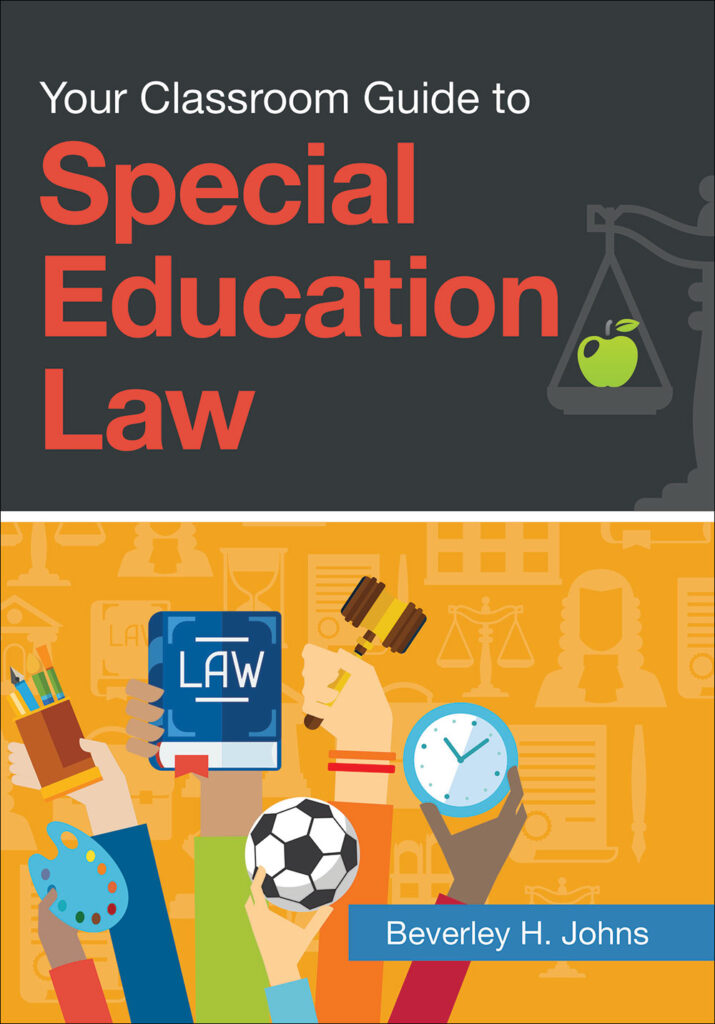 Avoid these six common mistakes when approaching your students’ behavior, and focus on understanding the “whys” and implementing individualized supports. To learn more about developing appropriate behavioral interventions (and ensuring that all your practices adhere to the law), check out the practical, reader friendly book by Beverley Johns, Your Classroom Guide to Special Education Law.
Avoid these six common mistakes when approaching your students’ behavior, and focus on understanding the “whys” and implementing individualized supports. To learn more about developing appropriate behavioral interventions (and ensuring that all your practices adhere to the law), check out the practical, reader friendly book by Beverley Johns, Your Classroom Guide to Special Education Law.
Explore the book
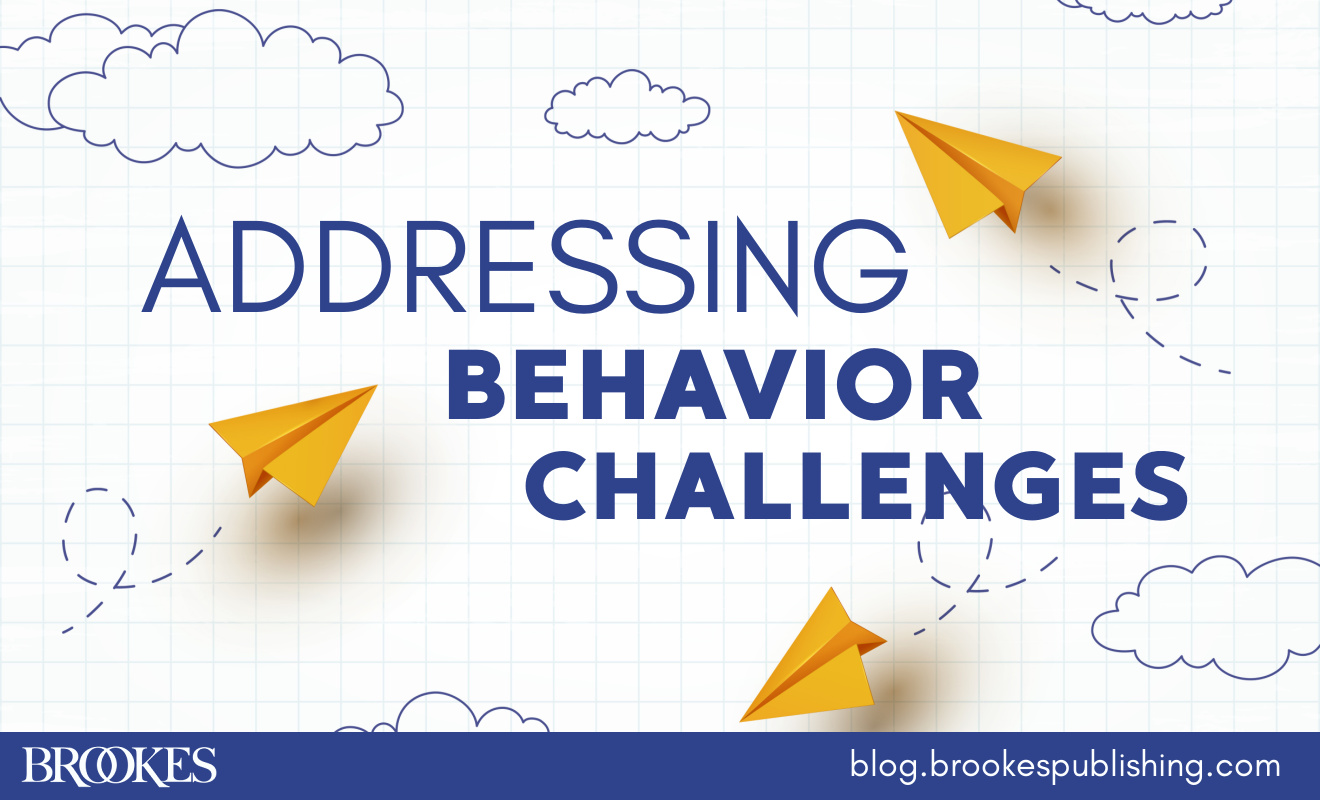
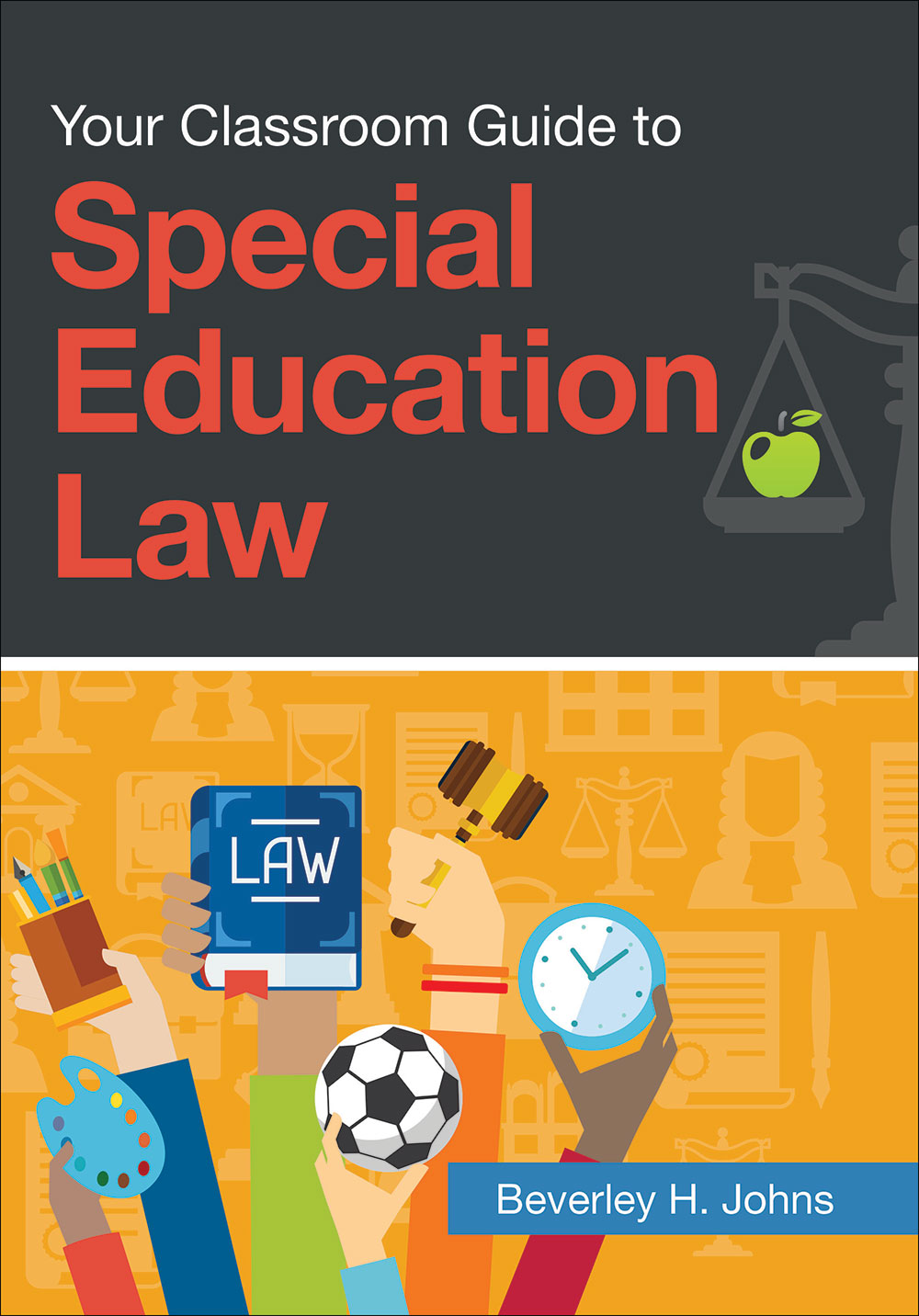 Classroom behavior challenges are one of the most pressing issues you’ll face as an educator. What are the keys to resolving these challenges, and how can you avoid the pitfalls that may make disruptive behaviors worse? Excerpted and adapted from Your Classroom Guide to Special Education Law by Beverley Johns, today’s post looks at six of the most common mistakes in approaching students’ behavioral challenges—along with solutions to guide appropriate action.
Classroom behavior challenges are one of the most pressing issues you’ll face as an educator. What are the keys to resolving these challenges, and how can you avoid the pitfalls that may make disruptive behaviors worse? Excerpted and adapted from Your Classroom Guide to Special Education Law by Beverley Johns, today’s post looks at six of the most common mistakes in approaching students’ behavioral challenges—along with solutions to guide appropriate action.

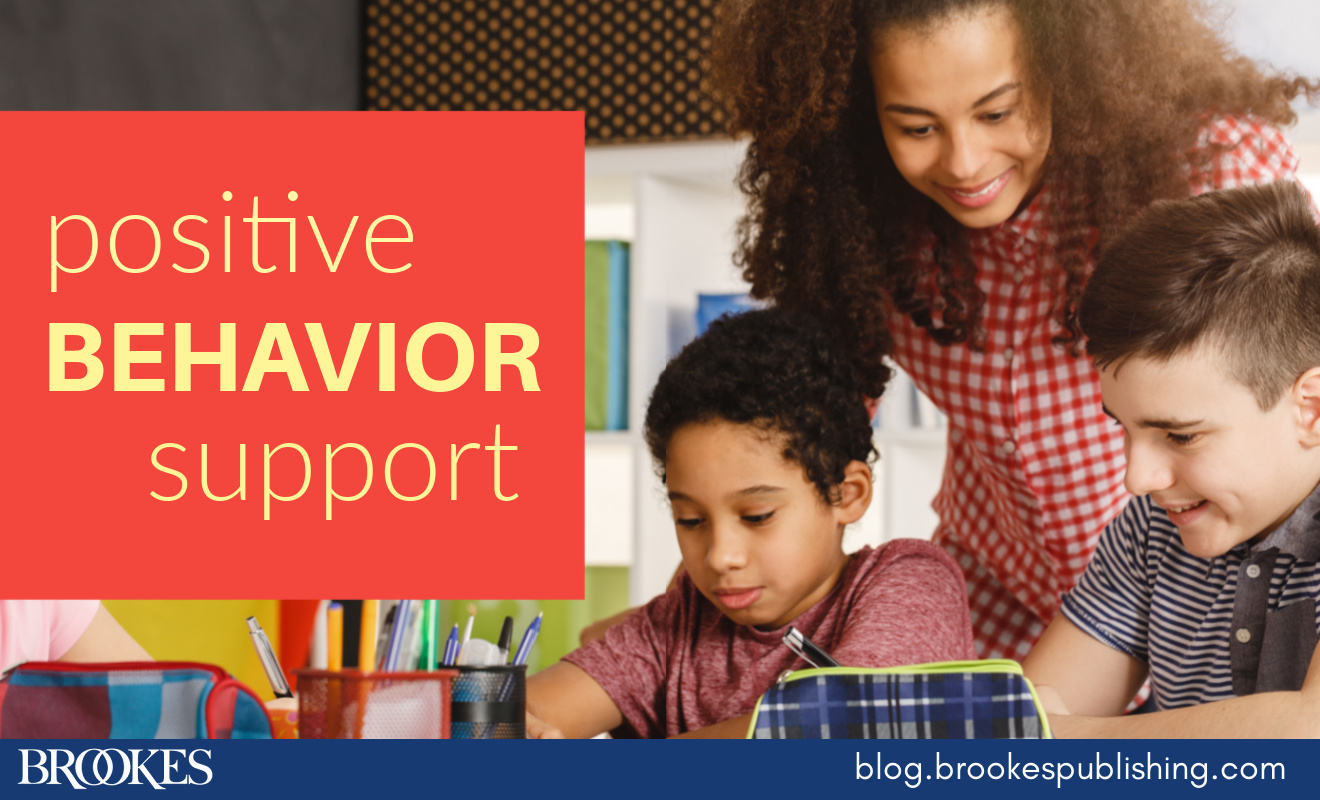
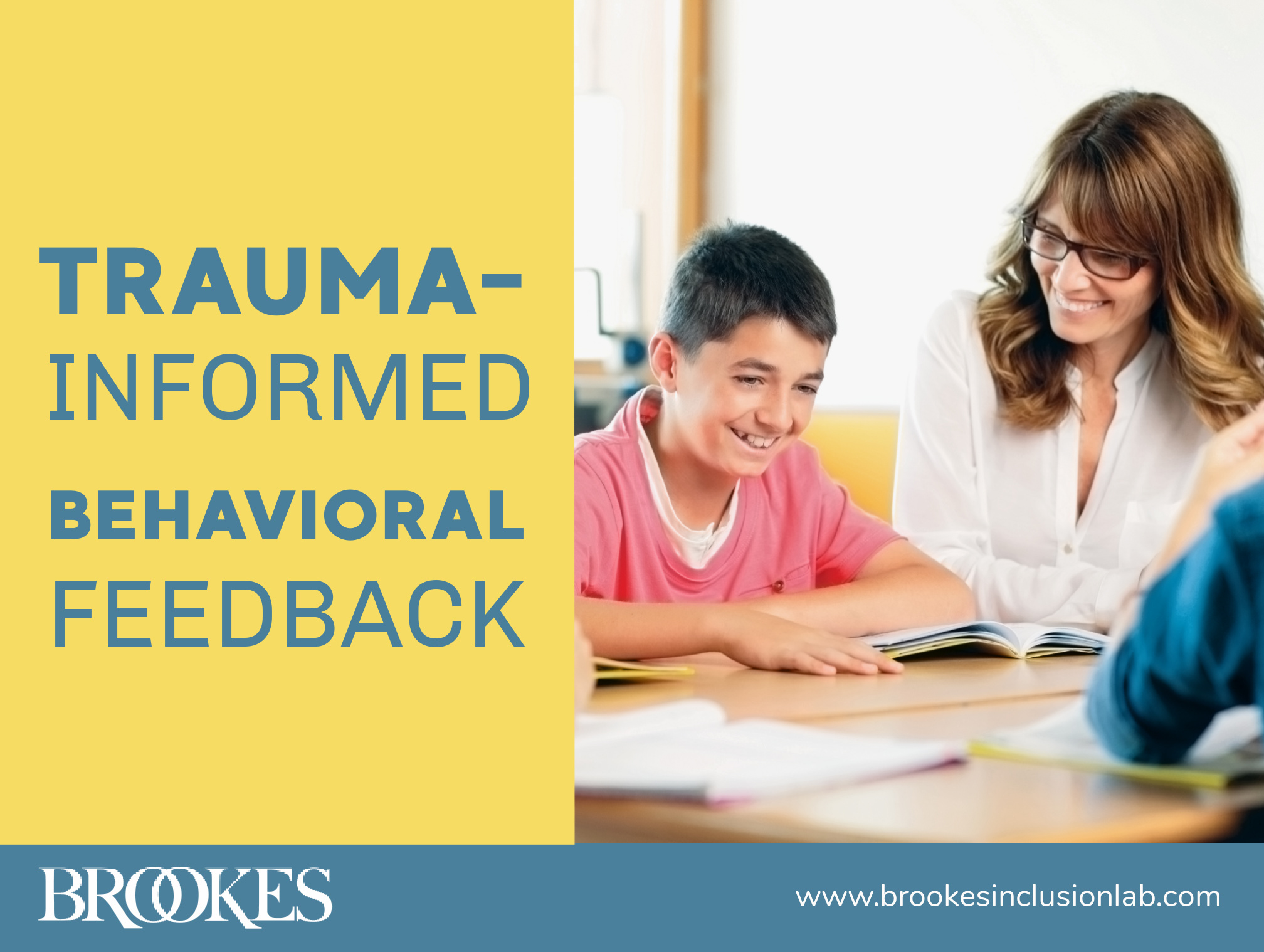
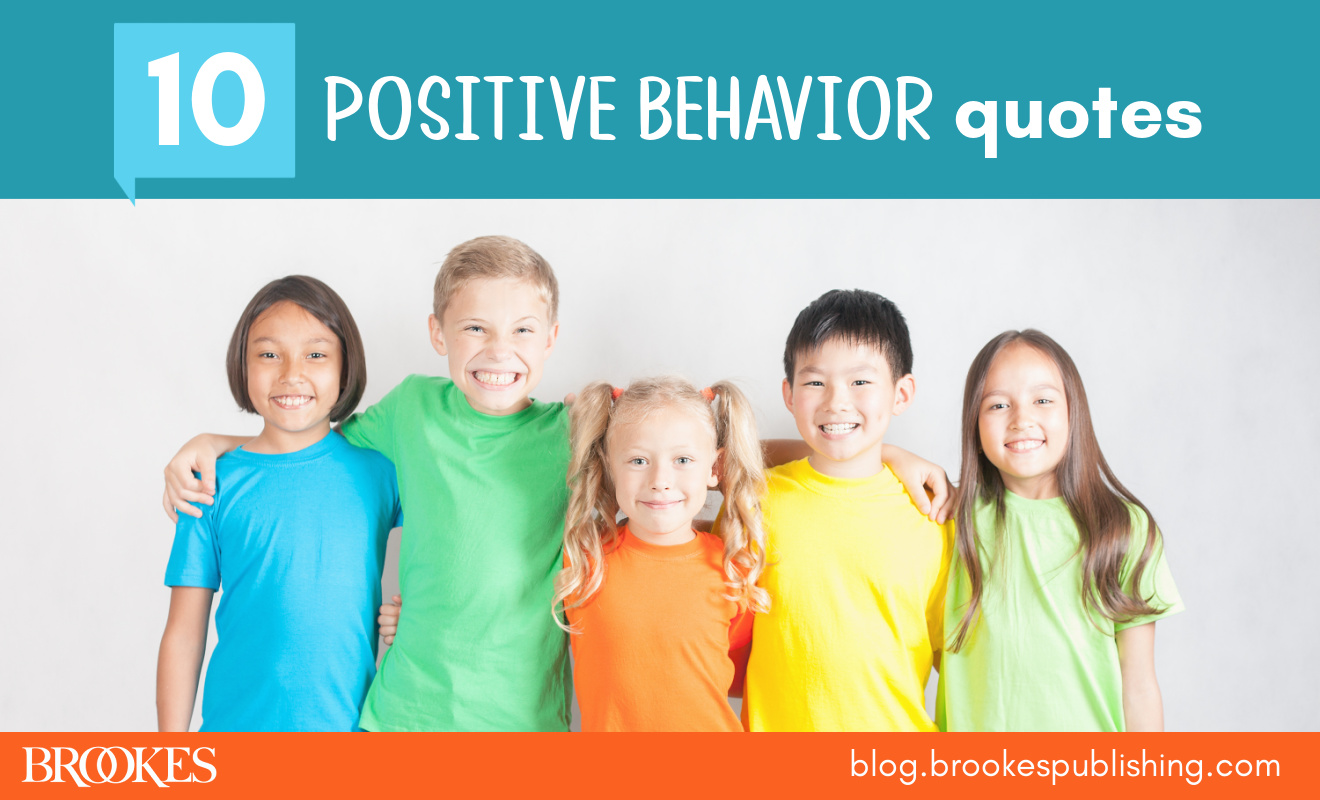
Write a Comment
Your email address will not be published. Required fields are marked *
Post a Comment